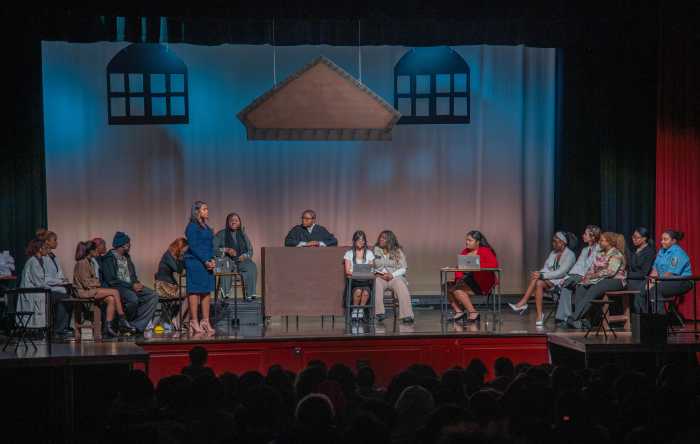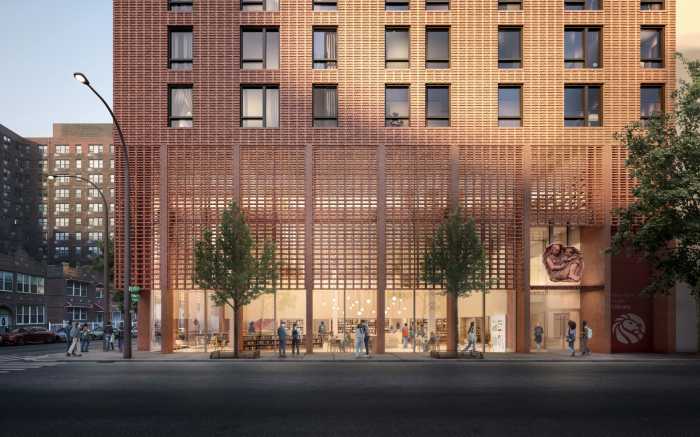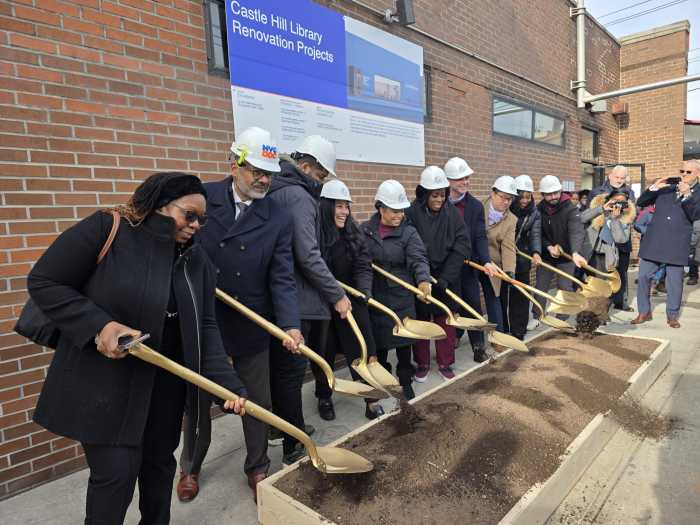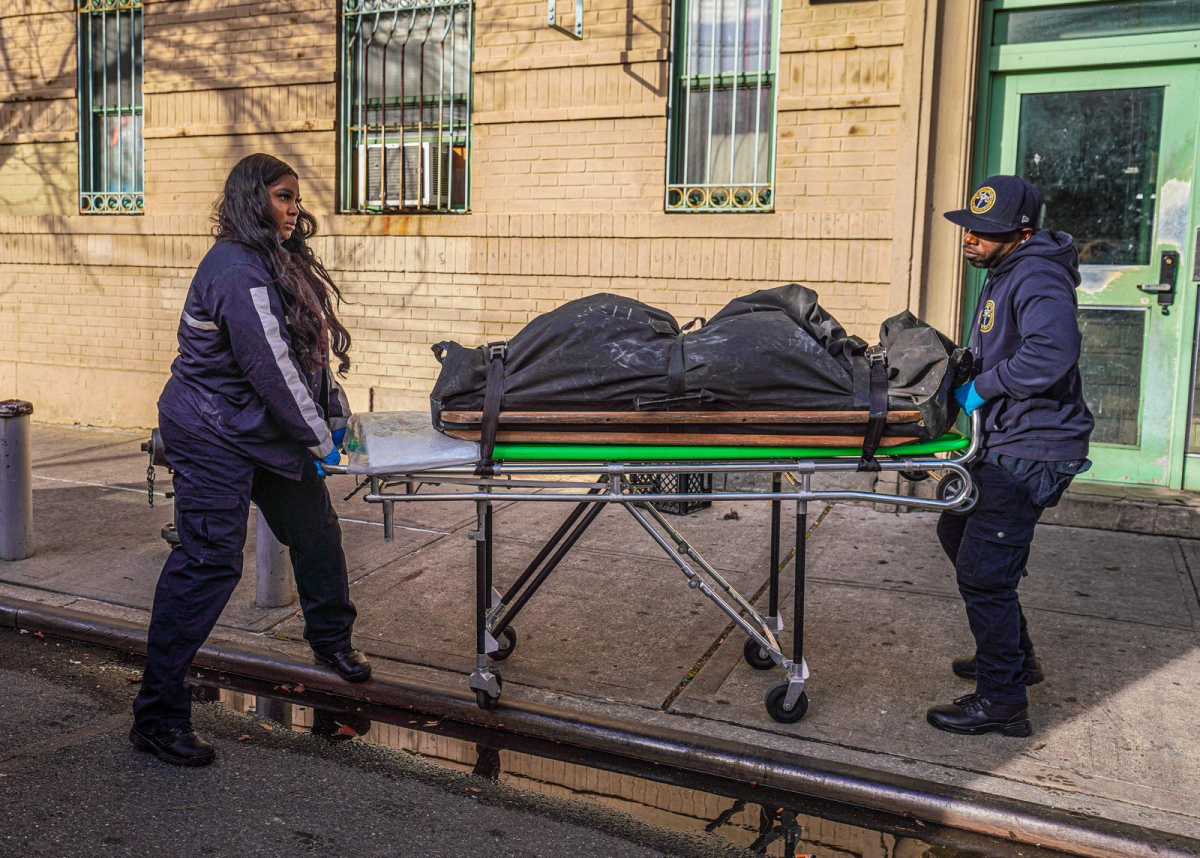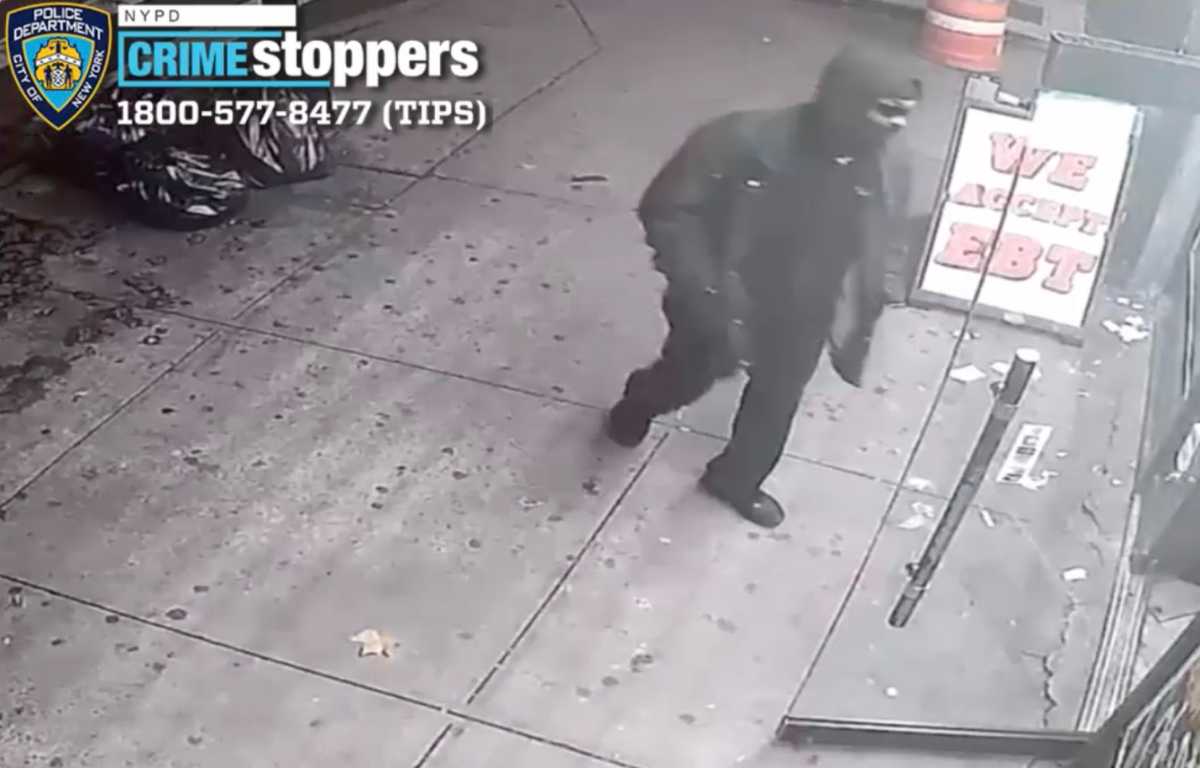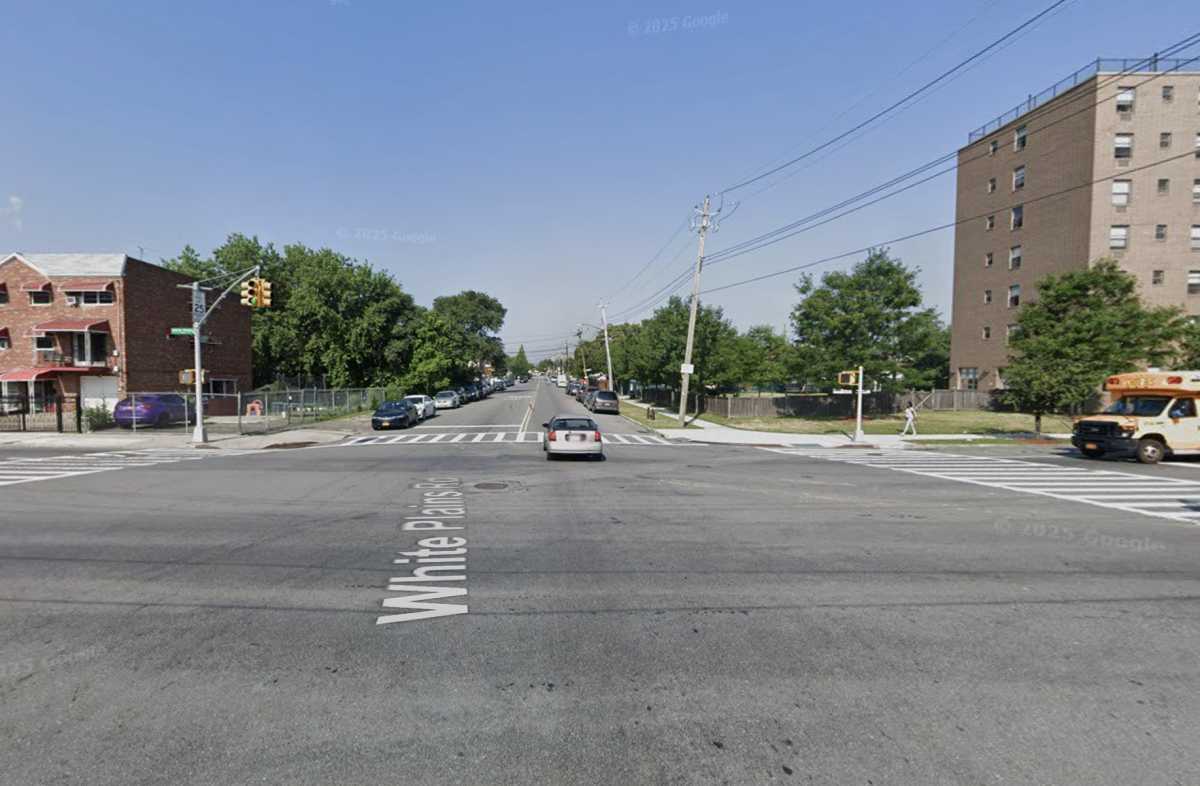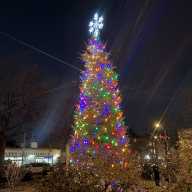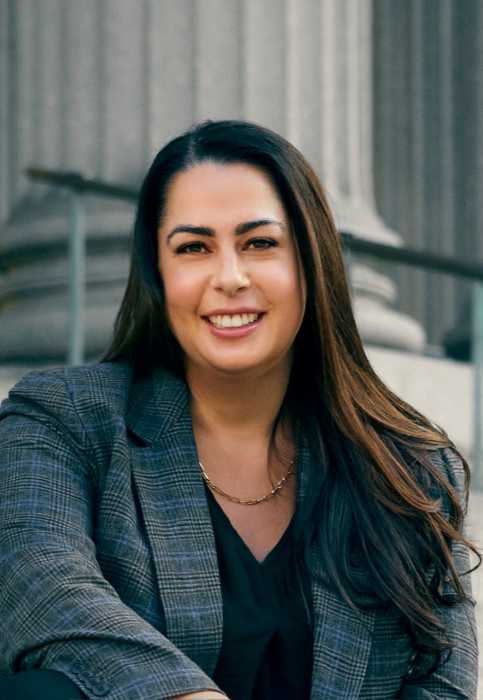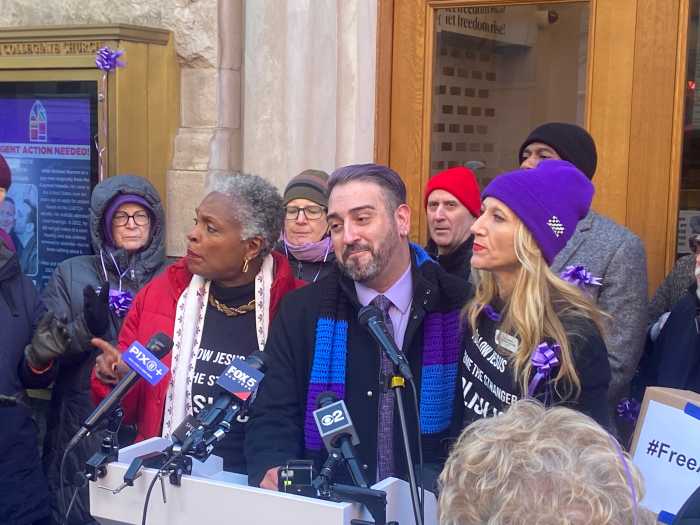After ten years breeding the endangered Kihansi spray toad in specialized facilities here, officials from the Bronx Zoo recently took the first step towards releasing the toad back into the wild.
About two weeks ago, 50 toads from the Bronx Zoo and 50 toads from the Toledo Zoo were flown from JFK Airport to a state-of-the-art propagation center in Dar es Salaam, the commercial capital of Tanzania. Thegoal is to eventually return the toads to their former habitat at the basin of the Kihansi Gorge.
“We’re pretty proud and excited and it feels great,” said Jim Breheny, director of the Bronx Zoo. “There are very few examples of repatriations like this actually happening. But it’s not a success, yet. It’s success can’t be judged until they are successful released. But this is the first big step in achieving that.”
About 15 years ago the rare toads were discovered living in a five-acre area around the Kihansi Gorge that was continually covered by mist from nearby waterfalls.
After the 1999 construction of a hydroelectric dam at the gorge reduced the size of the falls and the blanketing mist by 90 percent, the toads began rapidly drying out, and dying off.
Later that year, Bronx Zoo officials were granted permits to take 500 toads to establish a breeding colony, however scientists were able to find only 499 to bring back to the states, Breheny said.
The toads were last seen in the wild in 2004, and in 2009 the International Union for the Conservation of Nature declared the species extinct.
The colony of 499 toads was spread out to four zoos around the country, but only the Toledo and Bronx zoos participated in the repatriation program.
“You figure with the last 500 or so of a species, the most responsible thing to do to spread them out. It’s the proverbial ‘don’t put all you’re eggs in one basket’”, Breheny said. “So for last ten years we’ve been working out all the different husbandry and care we needed to protect and maintain them in the zoo so could breed them and build the numbers back up. And now there are about 7,000 toads between the zoos.”
To ensure that the toads could safely live and breed at facilities on the other side of the planet, the Bronx zoo built complex terrariums with specially filtered water, spray spigots and specialized UV lights to mimic the unusually moist habitats of the Kihansi Gorge.
But getting the toads back to Tanzania was not as technically challenging, Breheny said
“They traveled in clear plastic deli cups like the ones you would get macaroni or potato salad in,” he said. “The most important thing is making sure they stay moist, so we put them in with wet brown paper toweling.”
All 100 toads made it to Tanzania safely and began eating and exhibiting mating behavior as soon as they were unpacked, Breheny said.
“This was just the first batch. Eventually we will be sending them by the 100s or even 1,000s,” he said. “We want to make sure the Tanzania keepers are comfortable and able to manage the toads in captivity.”

